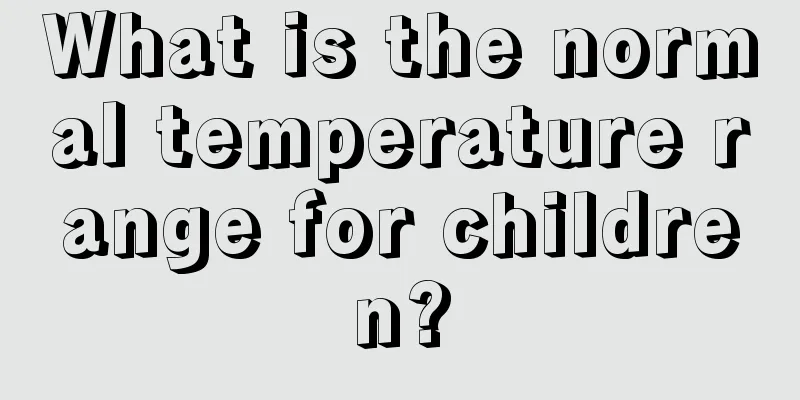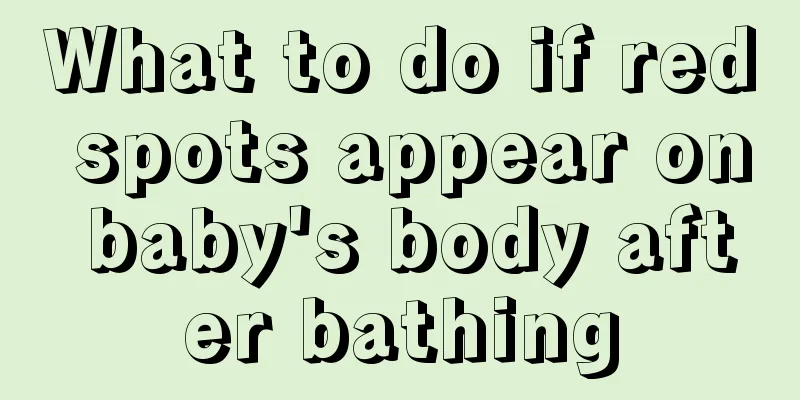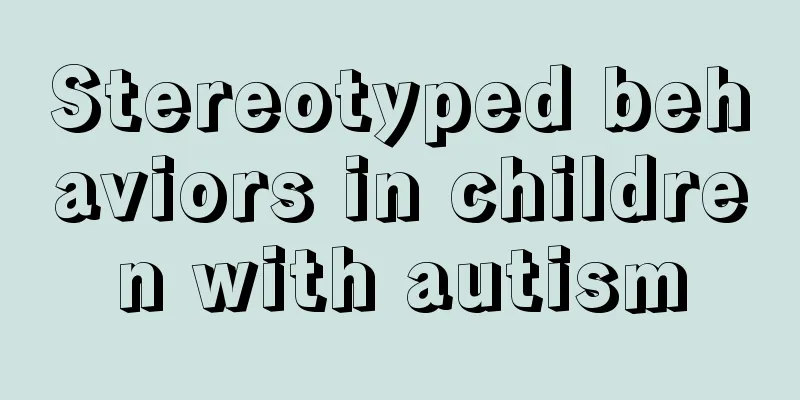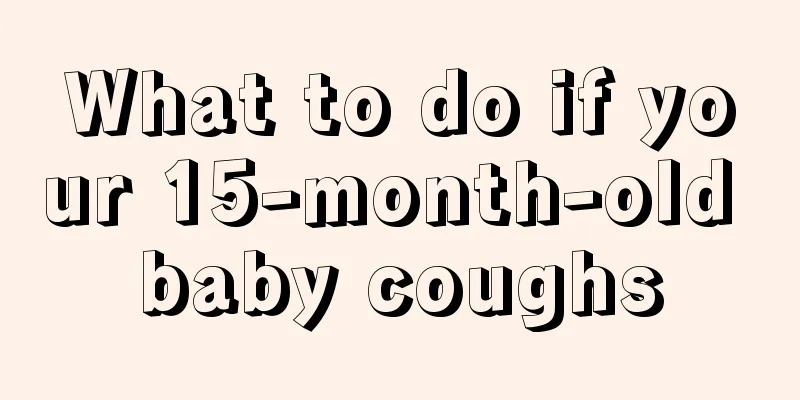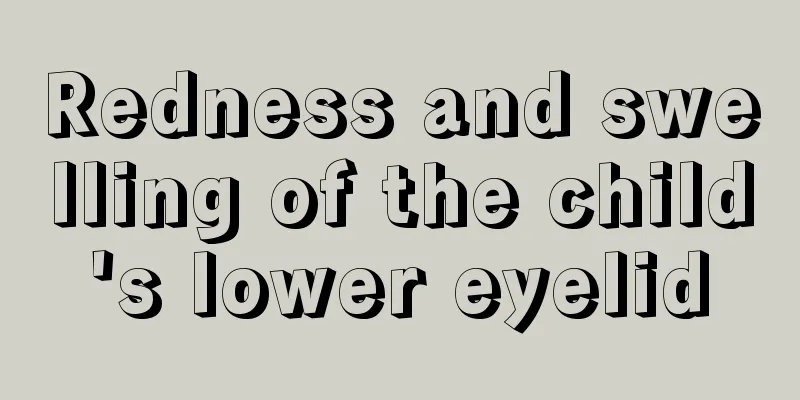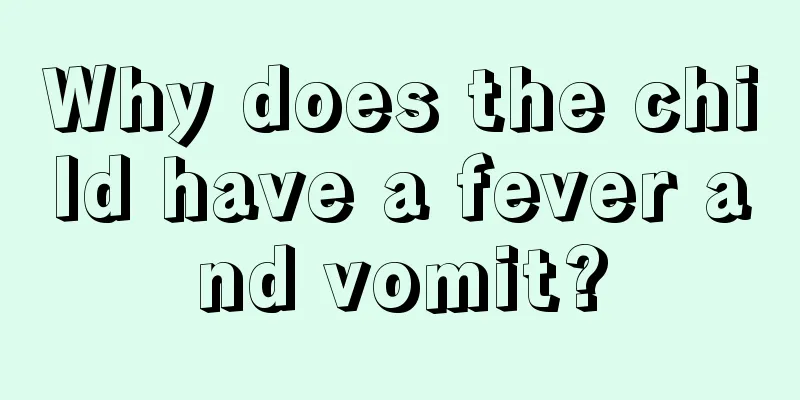Symptoms of eczema in children
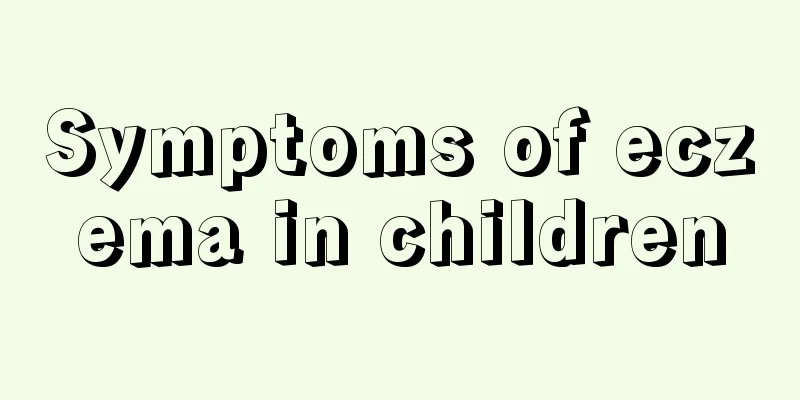
|
Eczema is a common skin disease in our human body, and many people suffer from eczema at ordinary times. Moreover, eczema is not limited to any age group, so many children also suffer from eczema. So, what are the symptoms of eczema in children? This is something that many parents are eager to know. Generally, children will cry when they suffer from eczema, because eczema is sometimes very itchy and it hurts a lot after scratching the skin. Children's physical fitness is much worse than that of adults, so many times children also suffer from the same diseases that adults suffer from, but the reverse is generally not true. Adults usually do not suffer from diseases that children usually suffer from. This is the main difference. So, let’s take a closer look at the symptoms of eczema in children. Pediatric eczema is an allergic skin disease, which is commonly known as an allergic skin disease. The main cause is intolerance or allergy to ingested, inhaled or contacted substances. Children with eczema initially develop red skin and rashes, followed by roughness and flaking of the skin. Touching the child's skin feels like touching sandpaper. Heat and humidity can make eczema more obvious. The causes of eczema are complex, the most important of which is allergy. Therefore, children with a family history of allergies are more likely to develop eczema. The main cause is intolerance or allergy to ingested, inhaled or contacted substances. Clinical manifestations Eczema is divided into three stages: acute, subacute and chronic according to the manifestations of the rash during the course of the disease. The initial lesions are dense millet-sized papules, papulovesicles or blisters on an erythematous basis. After the blisters rupture, erosive surfaces are formed with serous exudation and crusting. If acute eczema is not treated properly, it may turn into subacute or chronic eczema. If treated promptly and appropriately, it may gradually improve, but it is prone to relapse. In severe cases, large areas of erythema may occur, covered with groups of papules, papulovesicles, blisters, erosions and exudates, with thick crusts on the surface, and may also extend to the entire head and face or head and neck. Erythematous papules, papulovesicles, blisters and pruritus appear around the lesions. Abrasions may cause erosion and scabs, with pus oozing under the scabs, small pustules on the edges, and local lymph nodes enlargement and tenderness. Parallel linear erythema, papules and blisters caused by scratching may also occur in nearby or distant areas. So, after learning so much, I believe everyone should be familiar with the symptoms of eczema in children, which will be very helpful for parents to take better care of their children in the future. At least it can allow us to confirm whether the child has eczema, then we can send the child to the hospital for treatment as soon as possible, which is also good for the child's body. |
<<: How to correct children's stuttering
>>: Symptoms of otitis media in children
Recommend
Treatment of anemia in children
Recently, many children have suffered from anemia...
How should parents communicate with their children appropriately when their children are disobedient?
If the child is disobedient, parents must pay att...
My child keeps coughing at night
Many children are prone to catching colds and cou...
What are the early symptoms of asthma in children?
Children with asthma are prone to attacks if pare...
What is the treatment for children's morning retching?
We all know that many people have experienced vom...
Will children also have high blood pressure?
High blood pressure mostly occurs in middle-aged ...
What causes dry and cracked skin in newborns?
The skin of a normal newborn is warm, smooth and ...
Avoid these eight taboos to keep your baby healthy
In daily life, many babies have bad habits of one...
Why are children's lips red?
Generally speaking, normal people's lips are ...
How to solve the problem of bad breath in children due to stomach fire?
As we all know, children's gastrointestinal f...
How to cure baby mouth ulcers quickly?
The health of a baby is a very important matter f...
Treatment for 3-year-old baby who keeps blinking
A 3-year-old baby always blinks, which makes our ...
What to do if children have cold hands and feet
Children's physical condition has always been...
What are the dangers of incorrect sitting posture for children?
The sitting posture of children is very critical ...
What vitamins are good for children?
Many parents are worried that their children may ...
